Following on from our Where to eat in Ponta Delgada guide, if you’re exploring outside of the capital we have a handy series on Where to eat on Sao Miguel. Here’s our guide on where to eat in Furnas and the east…
Sao Miguel’s most famous dish is Cozido – a meat stew which is slow-cooked in the hot volcanic ground on the shores of Lagoa das Furnas. It’s not my favourite Azorean dish if I’m honest – it often feels more like a meat-eaters endurance challenge than an enjoyable meal. If you are planning to eat a cozido for dinner, my advice is to skip lunch (and probably breakfast).
The most famous exponents of cozido are Tony’s Restaurante (just next door to the Igreja da Nossa Senhora de Alegria in the centre of Furnas). Dig deeper into their menu, and you’ll find some great traditional Azorean dishes.
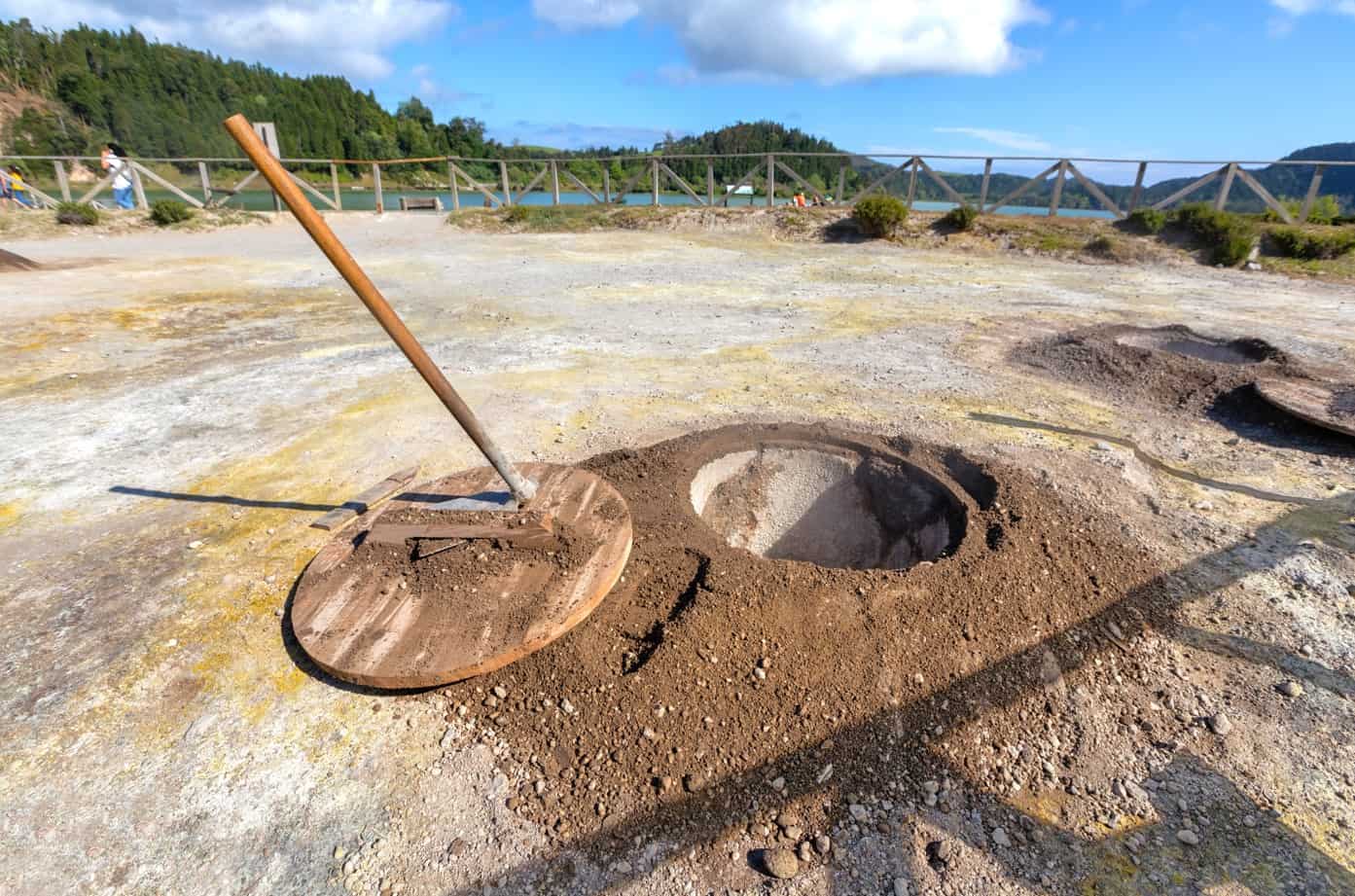
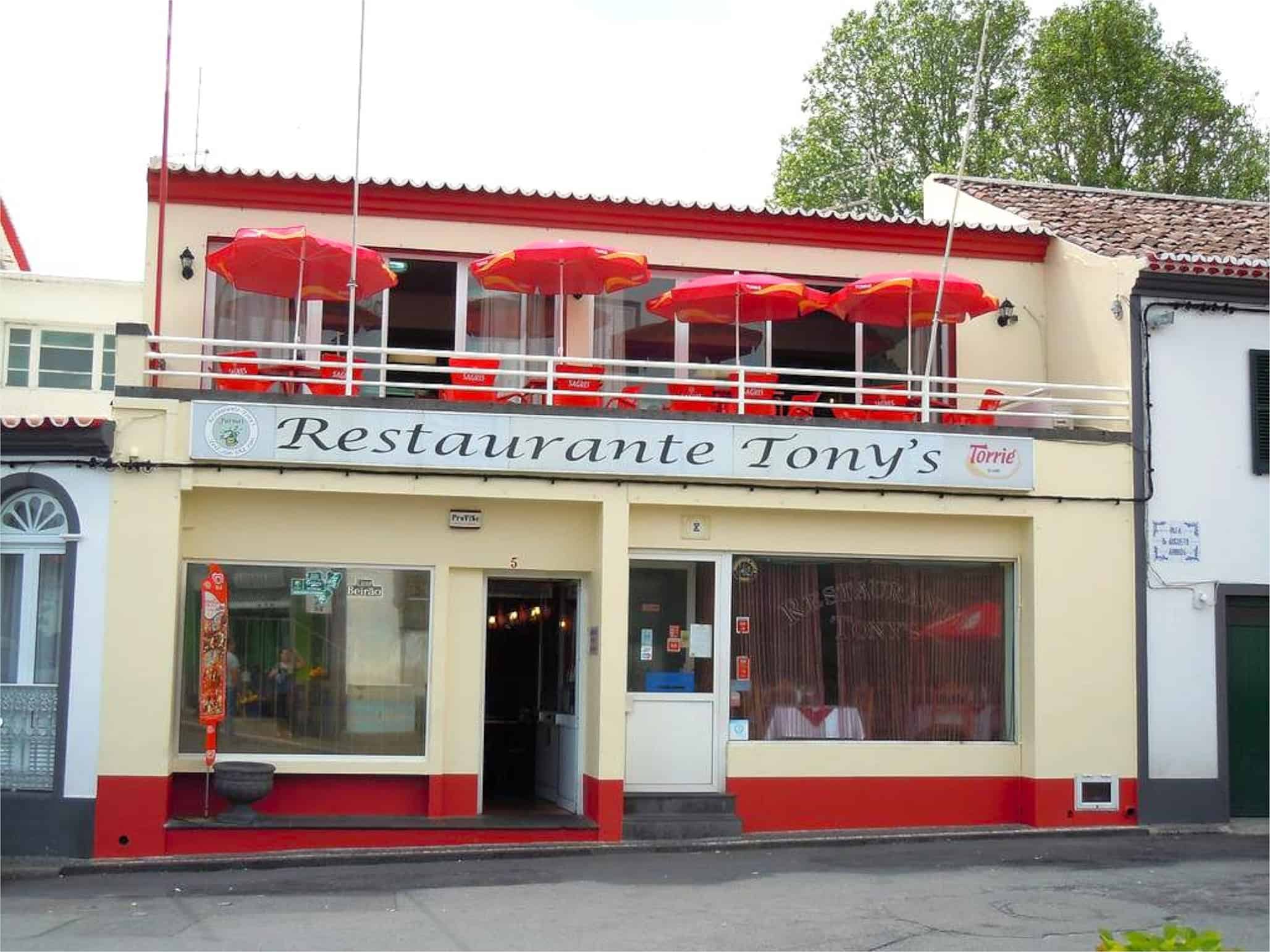
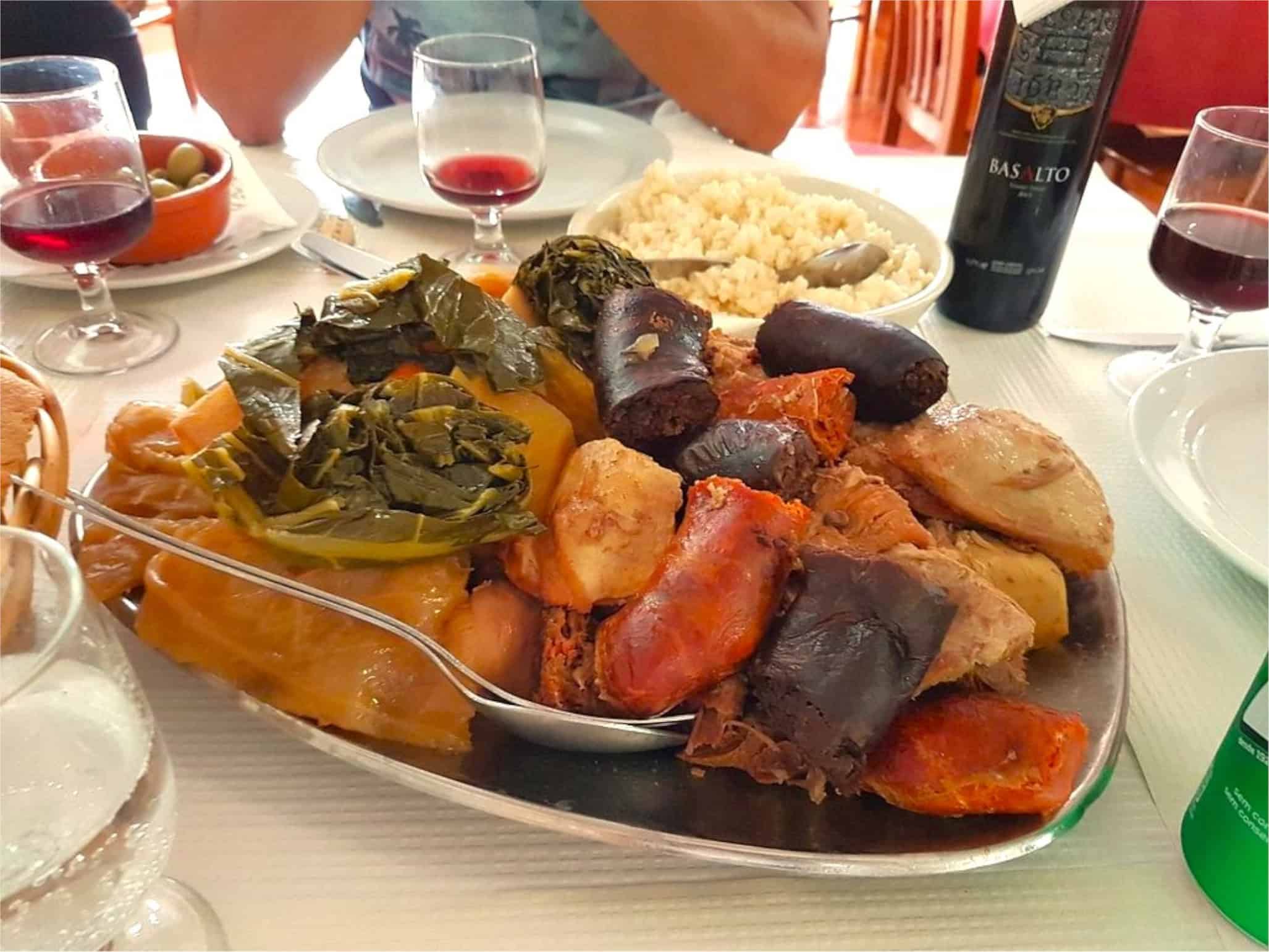
Ja Se Sabe is at the opposite end of Rua Jacinto Botelho – formerly known as Cais do Peixe, they also serve a good cozido, together with a selection of regional dishes, and the decor has a more contemporary feel.
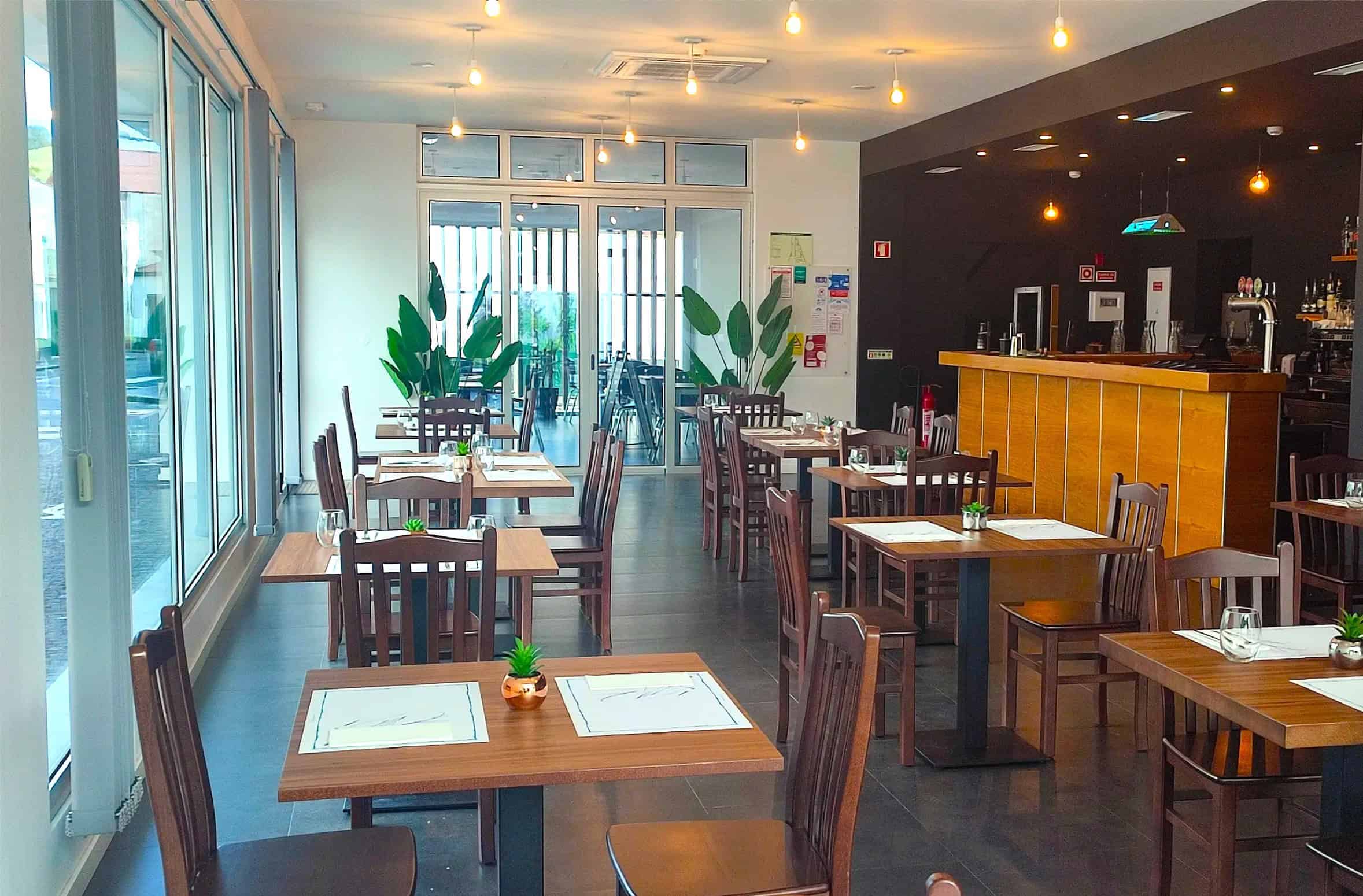
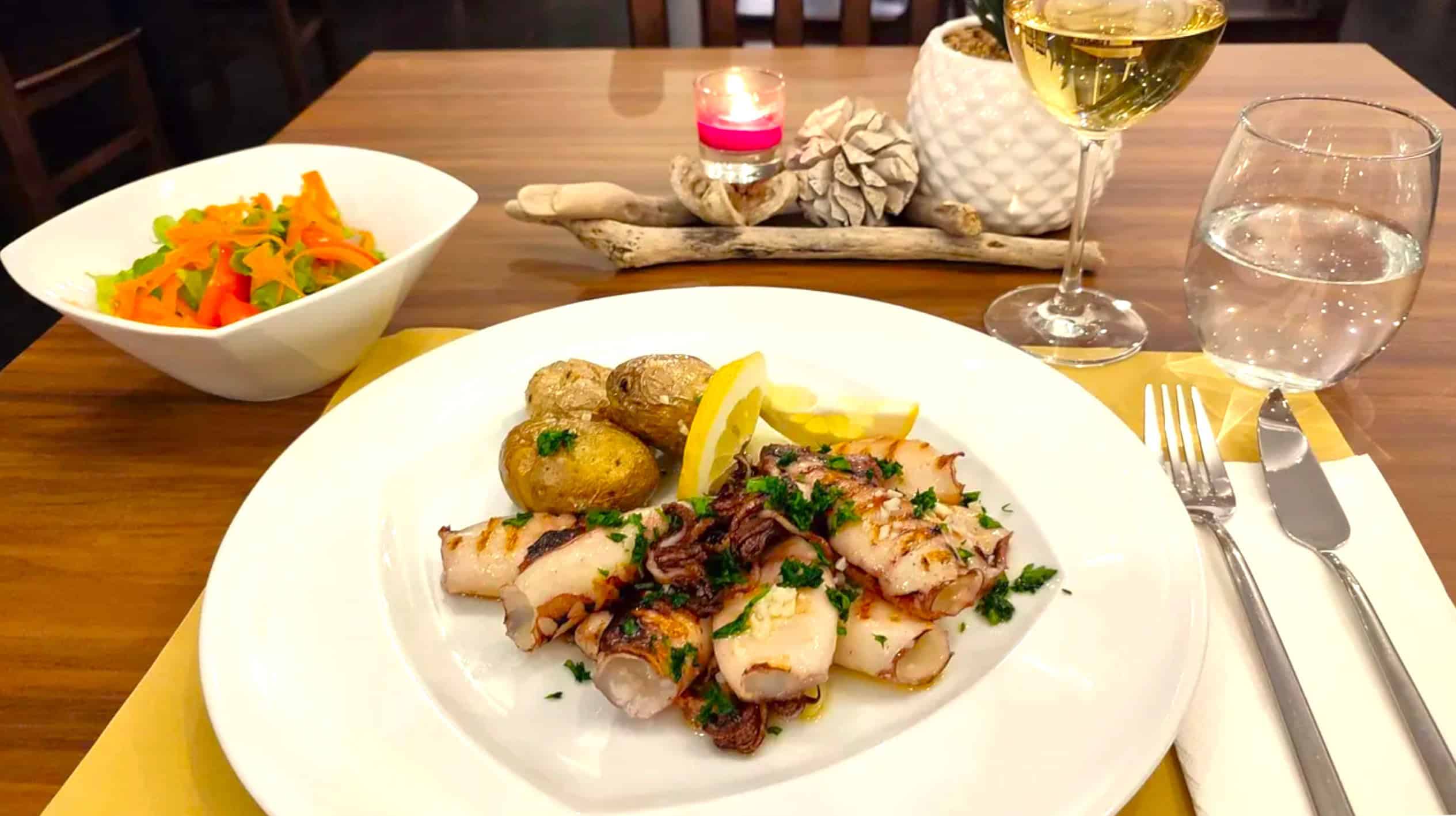 A good option for a reasonably-priced steak and a cold beer is the Restaurante Caldeiras & Vulcoes at the eastern-end of town, close to chã das caldeiras geysers. Owner Mendonca and his sons have also created their own queijada – the Queijada de Inhame das furnas. Queijadas are small Portuguese tarts whose recipes vary from island to island – chef Paulo Costa developed his own variation from a puree of yams, almonds, cinnamon and lemon zest.
A good option for a reasonably-priced steak and a cold beer is the Restaurante Caldeiras & Vulcoes at the eastern-end of town, close to chã das caldeiras geysers. Owner Mendonca and his sons have also created their own queijada – the Queijada de Inhame das furnas. Queijadas are small Portuguese tarts whose recipes vary from island to island – chef Paulo Costa developed his own variation from a puree of yams, almonds, cinnamon and lemon zest.
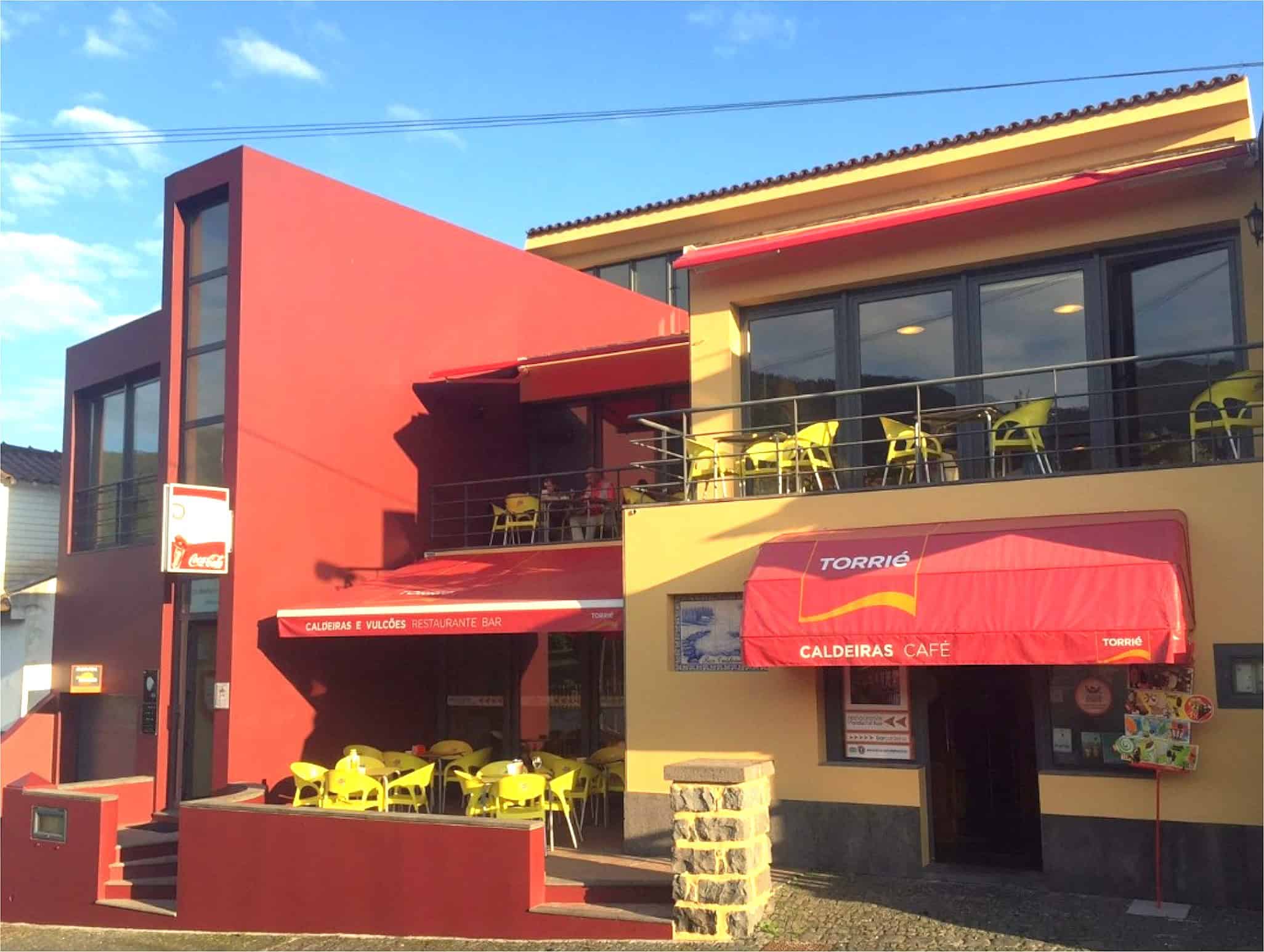
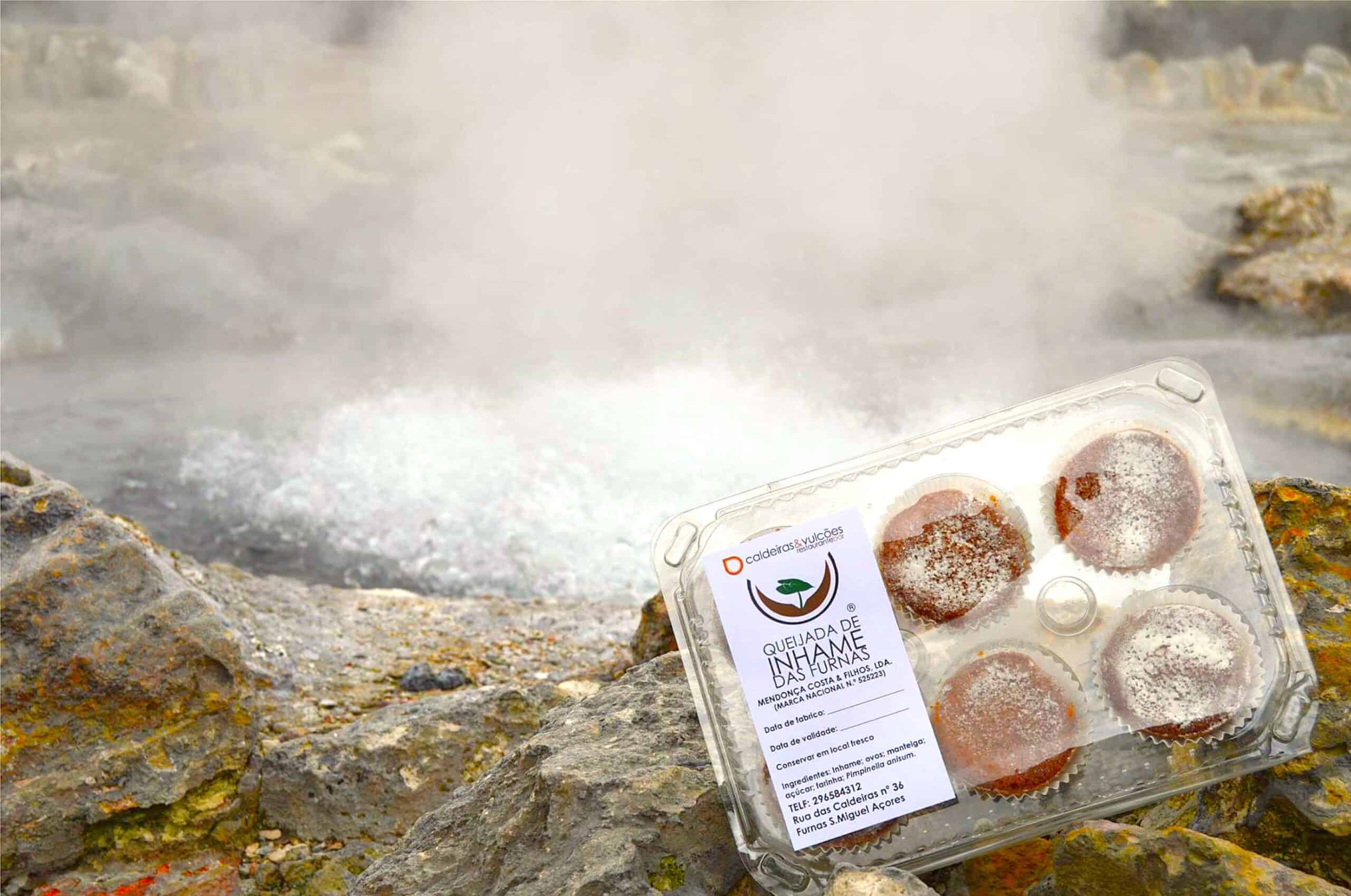 Just around the corner from Caldeiras & Vulcoes is the Chalet Tia Merces – a small teahouse on the banks of Ribeira Amarela. Originally constructed as a bathhouse in the 19th Century, present-day owner Paula Aguiar serves home-made cakes, Azorean cheeses and local Gorreana tea – brewed using the naturally-heated waters of the chã das caldeiras geysers.
Just around the corner from Caldeiras & Vulcoes is the Chalet Tia Merces – a small teahouse on the banks of Ribeira Amarela. Originally constructed as a bathhouse in the 19th Century, present-day owner Paula Aguiar serves home-made cakes, Azorean cheeses and local Gorreana tea – brewed using the naturally-heated waters of the chã das caldeiras geysers.
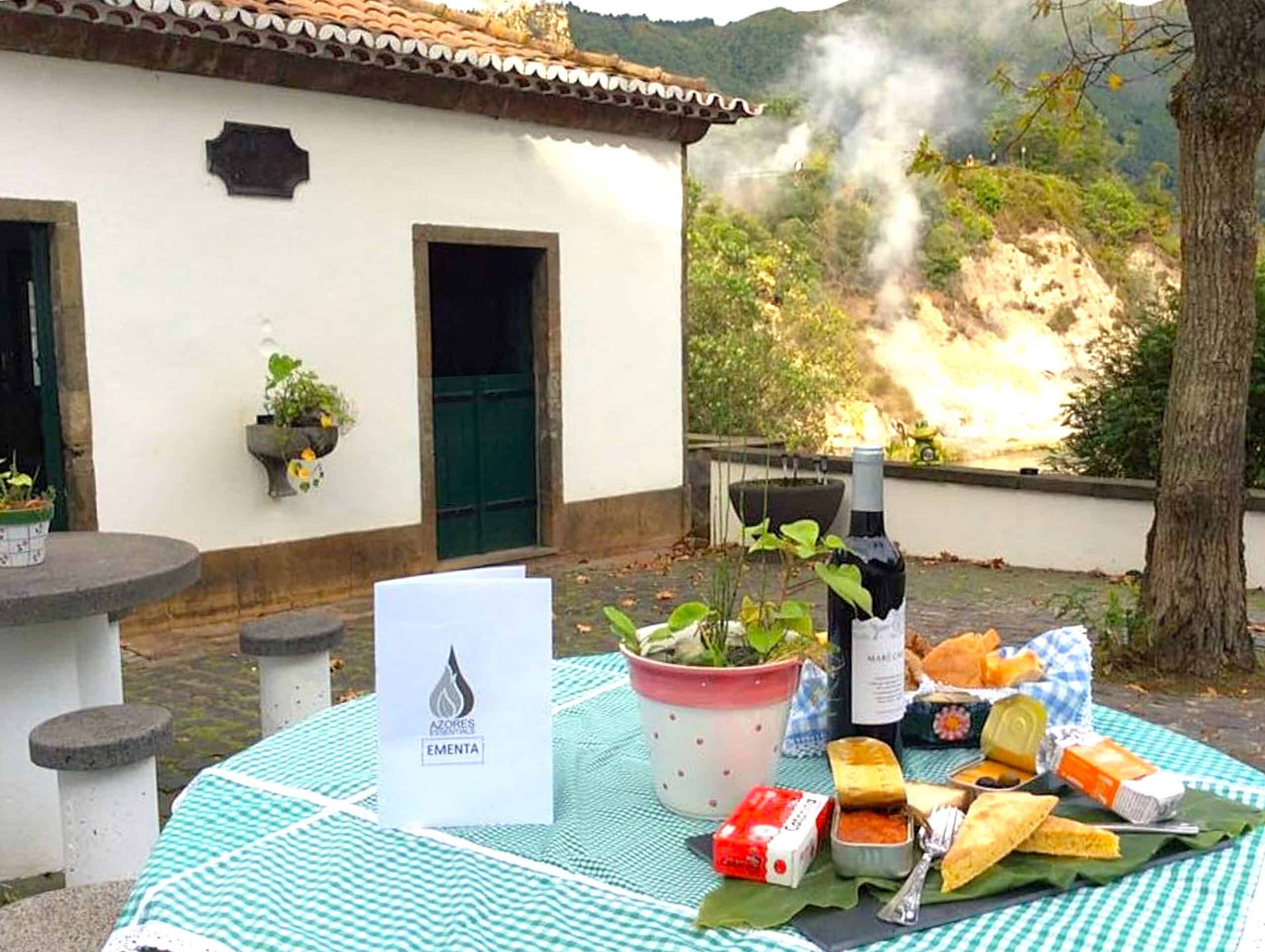
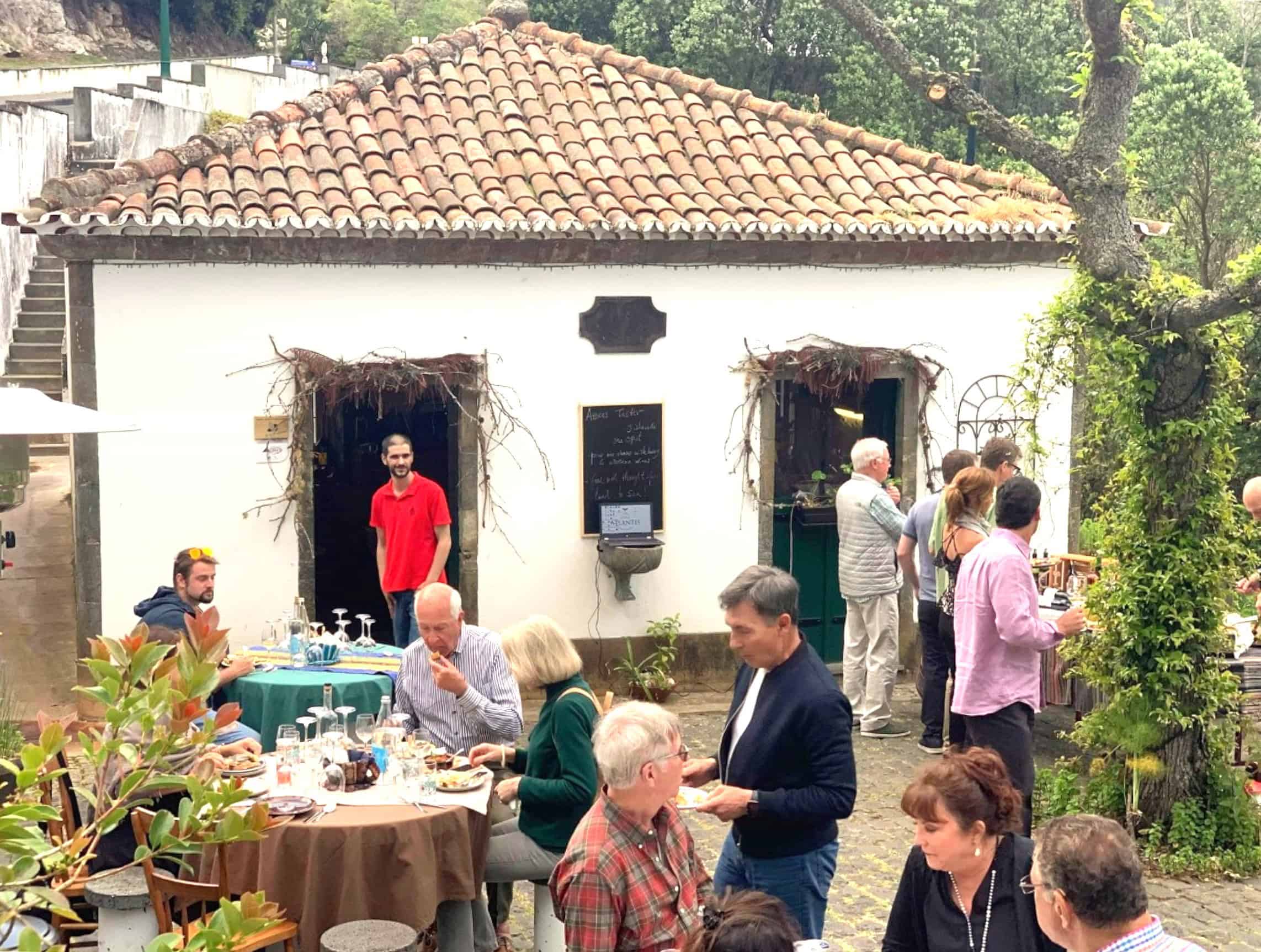 Another good lunchtime option (but it’s a great little eatery in the evenings too) is the 3 Bicas Pub (just next door to the Terra Nostra Hotel). Cold beers and nice pizzas for a very reasonable price – more of an option if you’re staying Furnas (rather than passing through) as it’s tricky to park nearby.
Another good lunchtime option (but it’s a great little eatery in the evenings too) is the 3 Bicas Pub (just next door to the Terra Nostra Hotel). Cold beers and nice pizzas for a very reasonable price – more of an option if you’re staying Furnas (rather than passing through) as it’s tricky to park nearby.
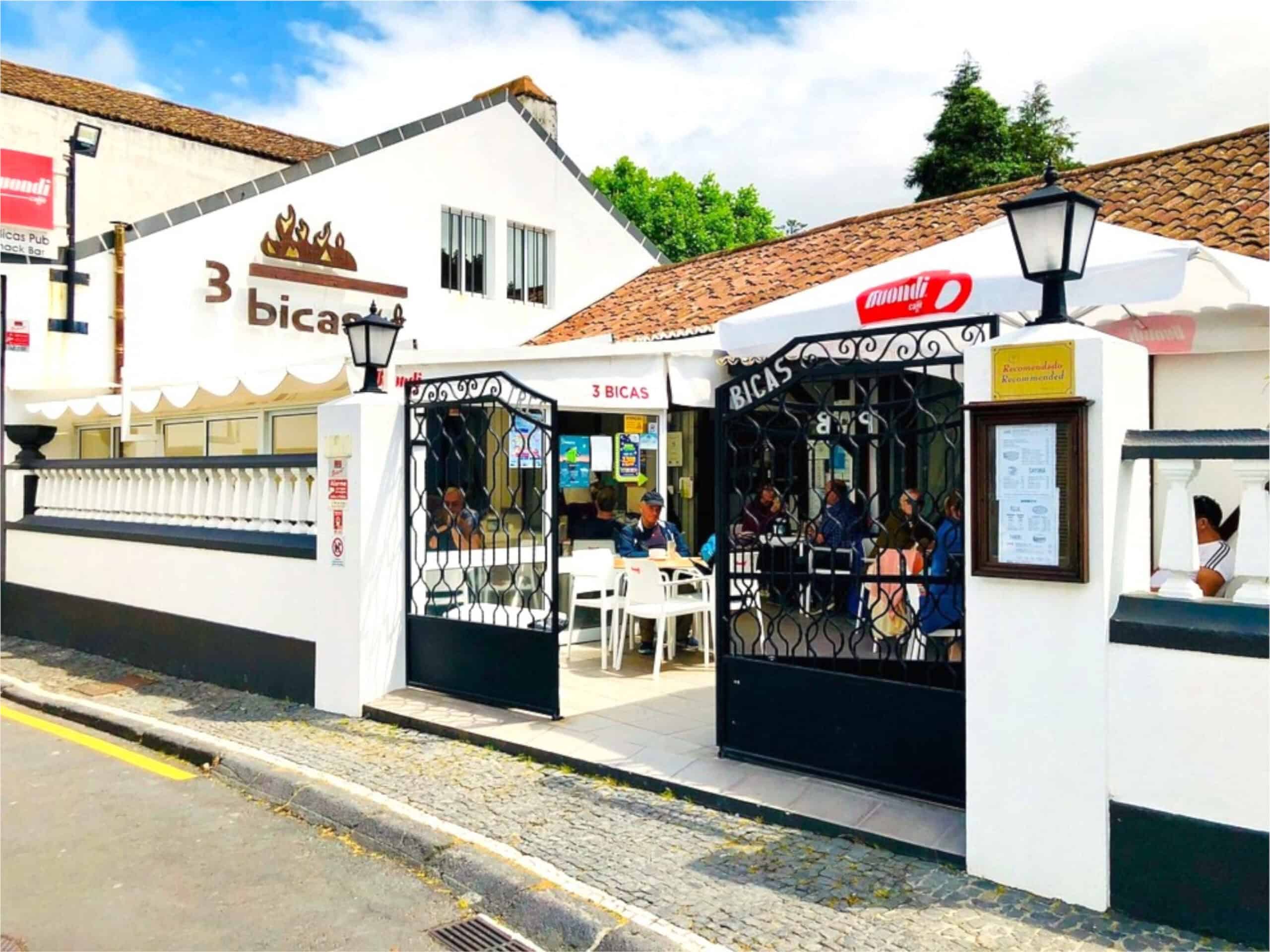
 A Quinta (on the Avenida Dr Manuel Arriaga) is one of our favourite evening venues in Furnas. Part music venue/part wine bar, they’re popular for their caipirinhas, mojitos and sangria, their great Portuguese wines, pesticos/tapas, home-made burgers and steaks. It’s semi-alfresco – the main barn-like building is long and thin, with a small stage and undercover seating. The southern-side of the barn is fully-open into the extensive gardens which have a typically-Furnas semi-tropical feel, with hand-made furniture and serene lighting under the canopy of trees.
A Quinta (on the Avenida Dr Manuel Arriaga) is one of our favourite evening venues in Furnas. Part music venue/part wine bar, they’re popular for their caipirinhas, mojitos and sangria, their great Portuguese wines, pesticos/tapas, home-made burgers and steaks. It’s semi-alfresco – the main barn-like building is long and thin, with a small stage and undercover seating. The southern-side of the barn is fully-open into the extensive gardens which have a typically-Furnas semi-tropical feel, with hand-made furniture and serene lighting under the canopy of trees.
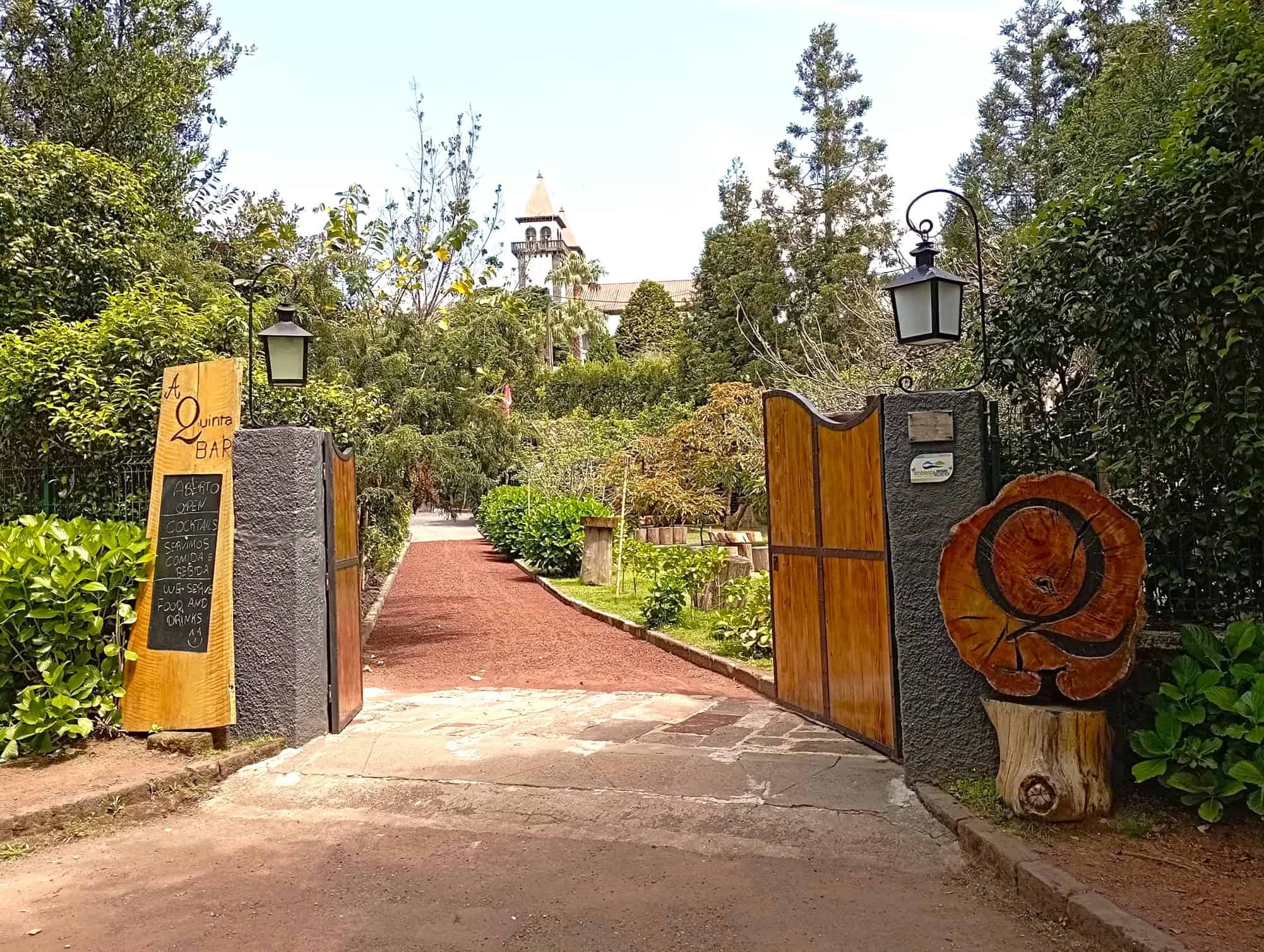
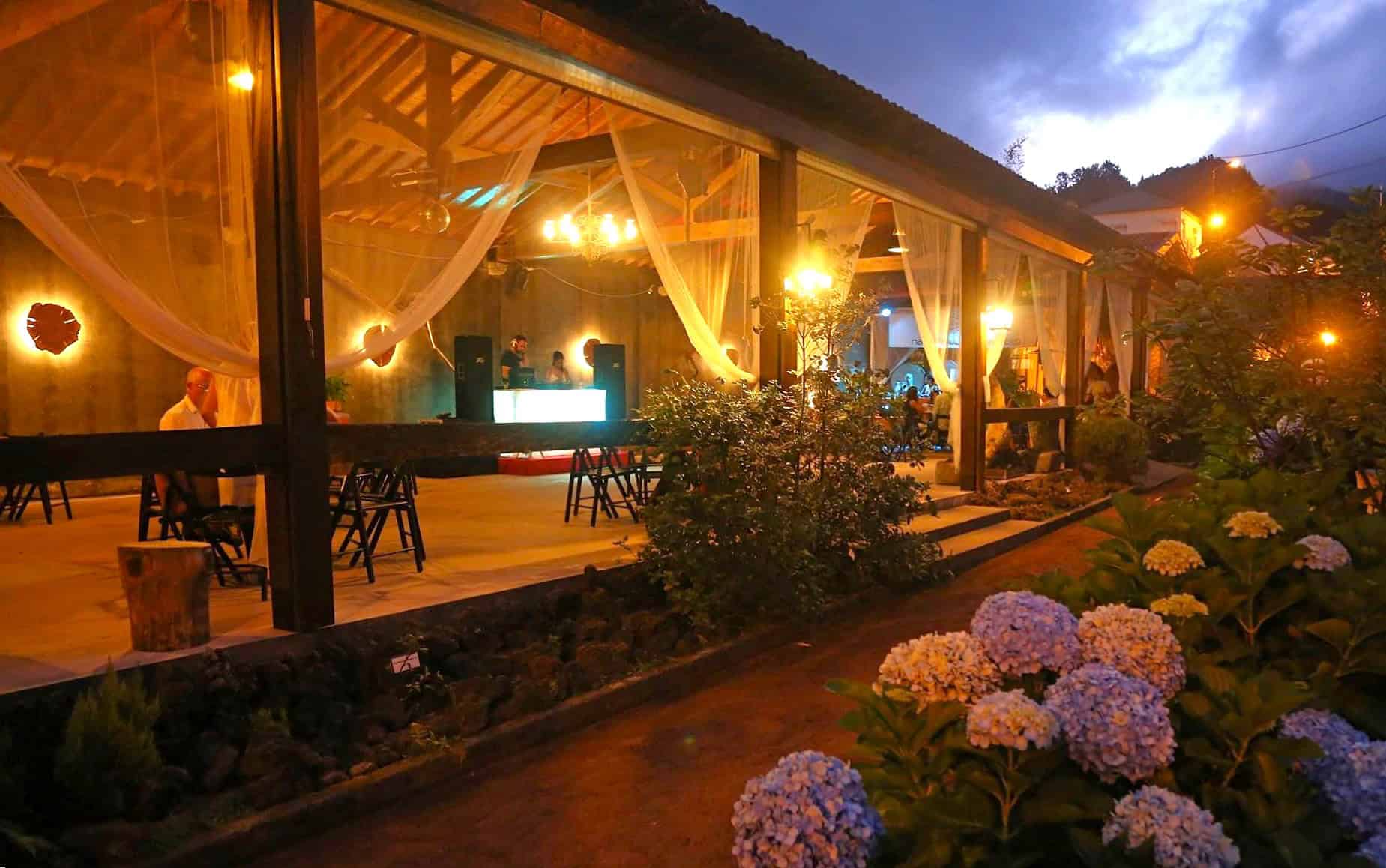 If you’re staying at the Octant Furnas, you’ll naturally spend time in their À Terra Fornaria restaurant. The restaurant is also open to non-residents and I highly recommend a visit – together with their sister hotel the Octant Ponta Delgada), they’re big promoters of seasonal Azorean produce.
If you’re staying at the Octant Furnas, you’ll naturally spend time in their À Terra Fornaria restaurant. The restaurant is also open to non-residents and I highly recommend a visit – together with their sister hotel the Octant Ponta Delgada), they’re big promoters of seasonal Azorean produce.
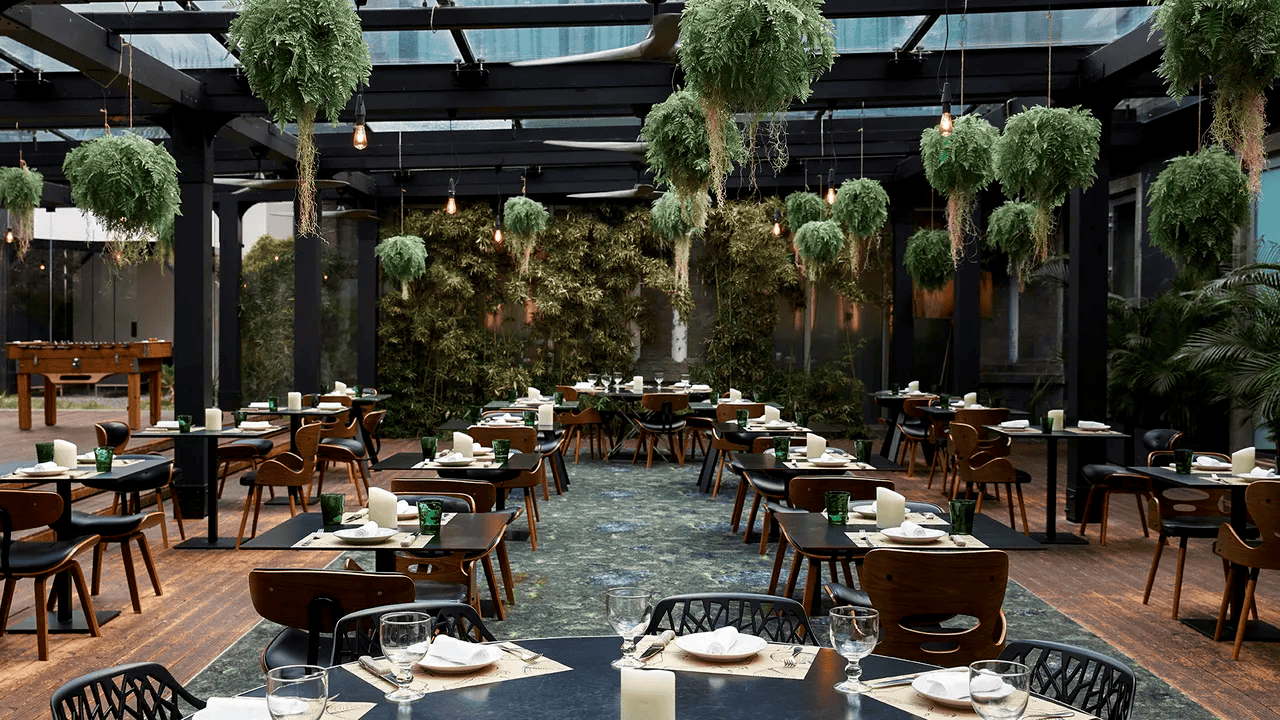
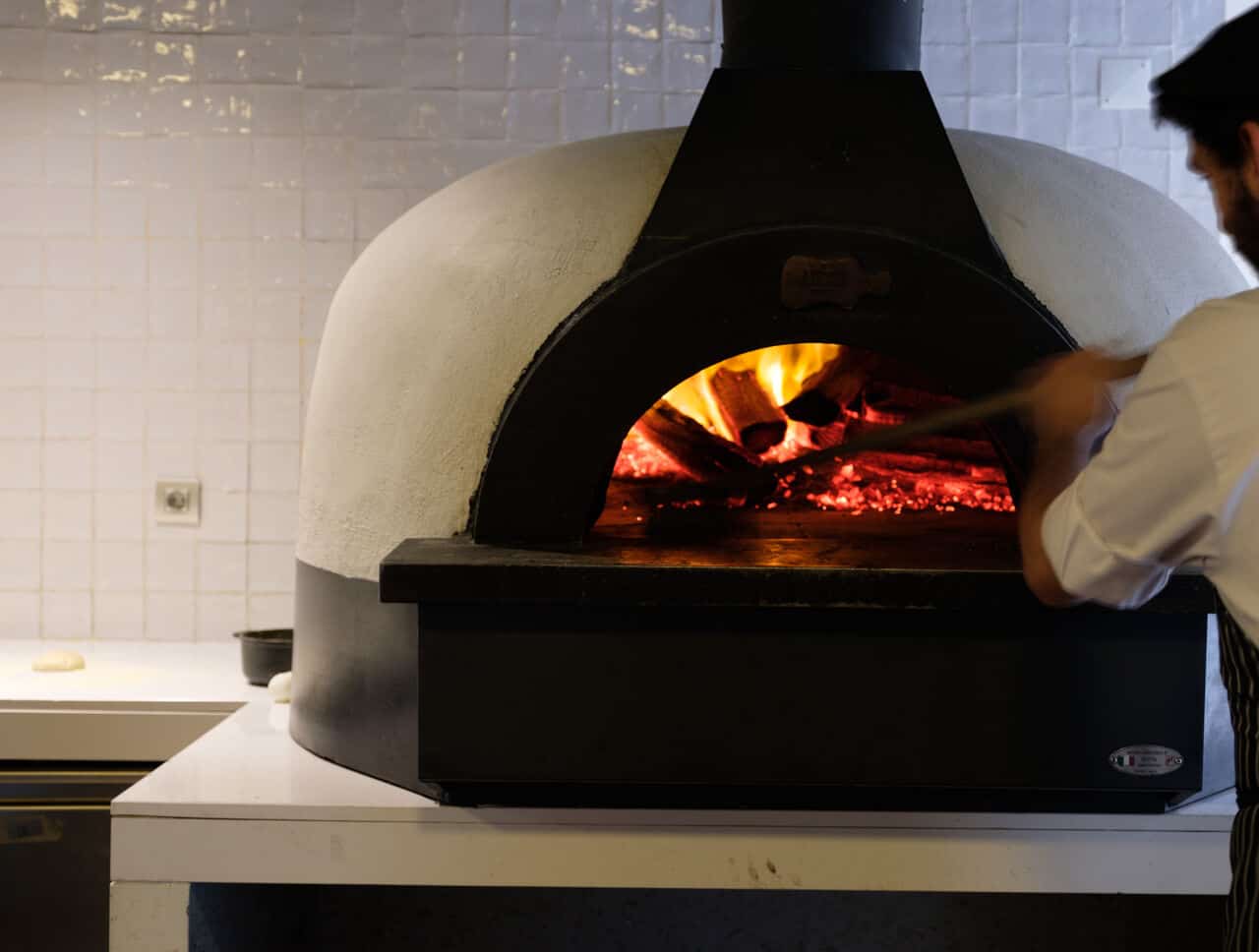
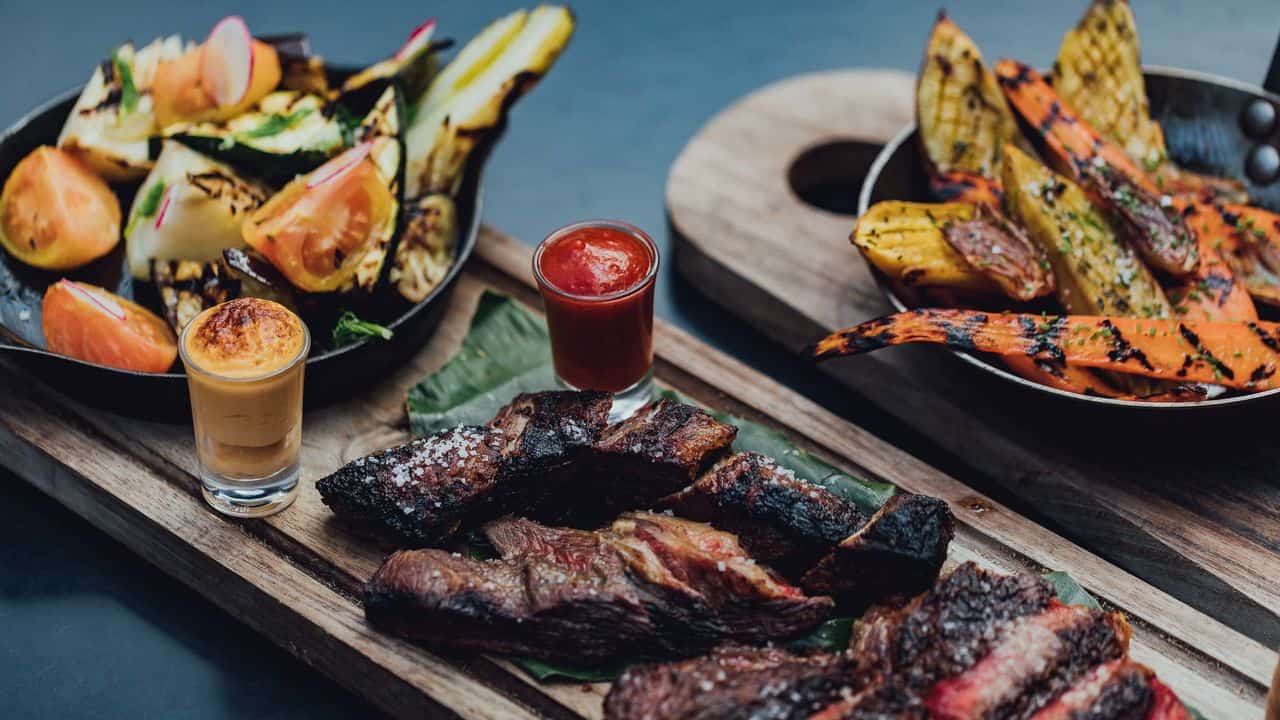
Heading out of the Furnas, an impressive river valley brings you down to the small fishing village of Ribeira Quente. It’s beach, Praia do Fogo, is a popular spot in the summer – at the opposite end of the village, where the Quente River meets the sea, look out for the Restaurante Ponta do Garajau. It’s a very laid back spot, semi-outdoors with a rustic feel – they’re famous across the island for their fish, particularly shellfish: gambas (prawns), lapas (limpets) and for the brave: caracas dos Acores (barnacles).
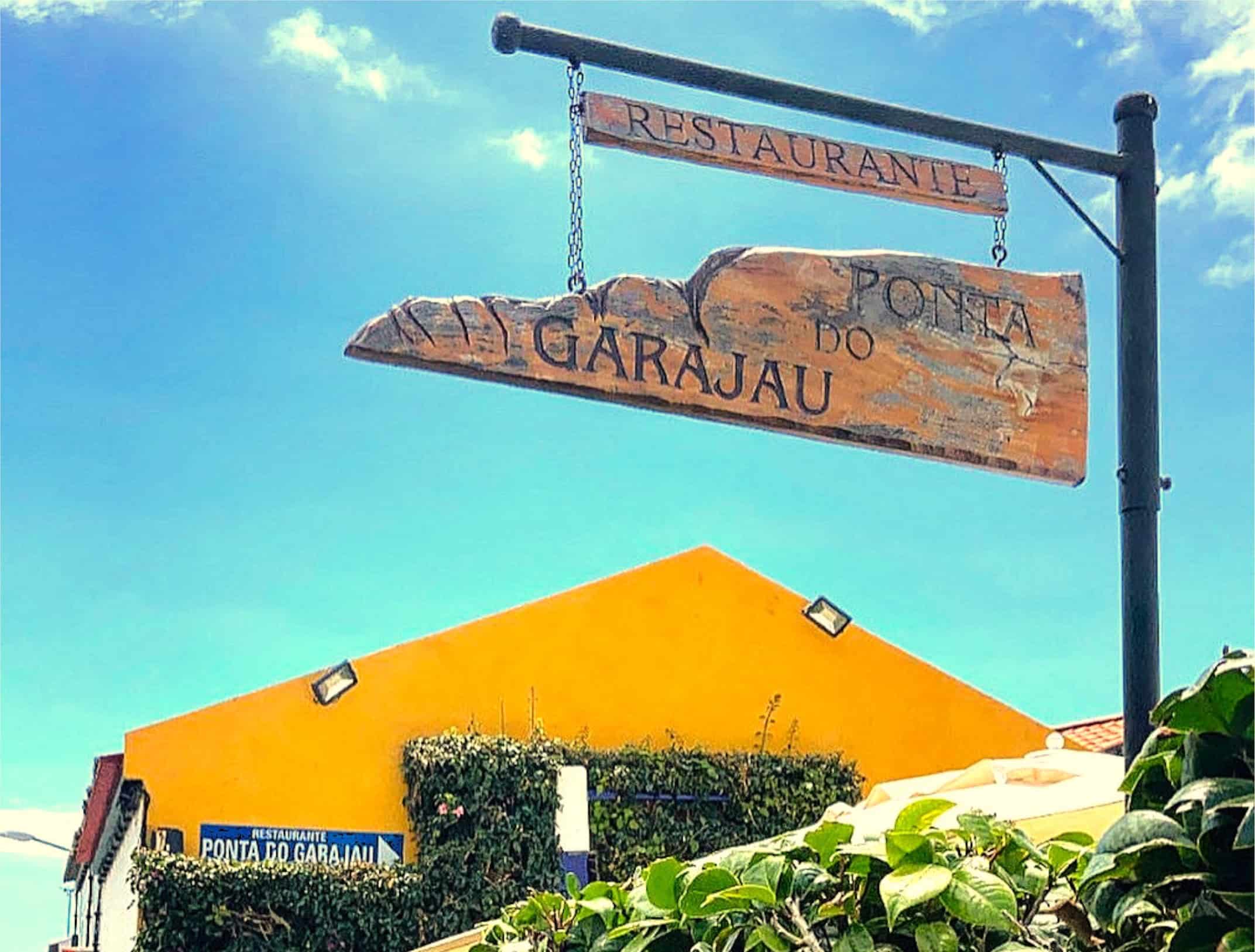
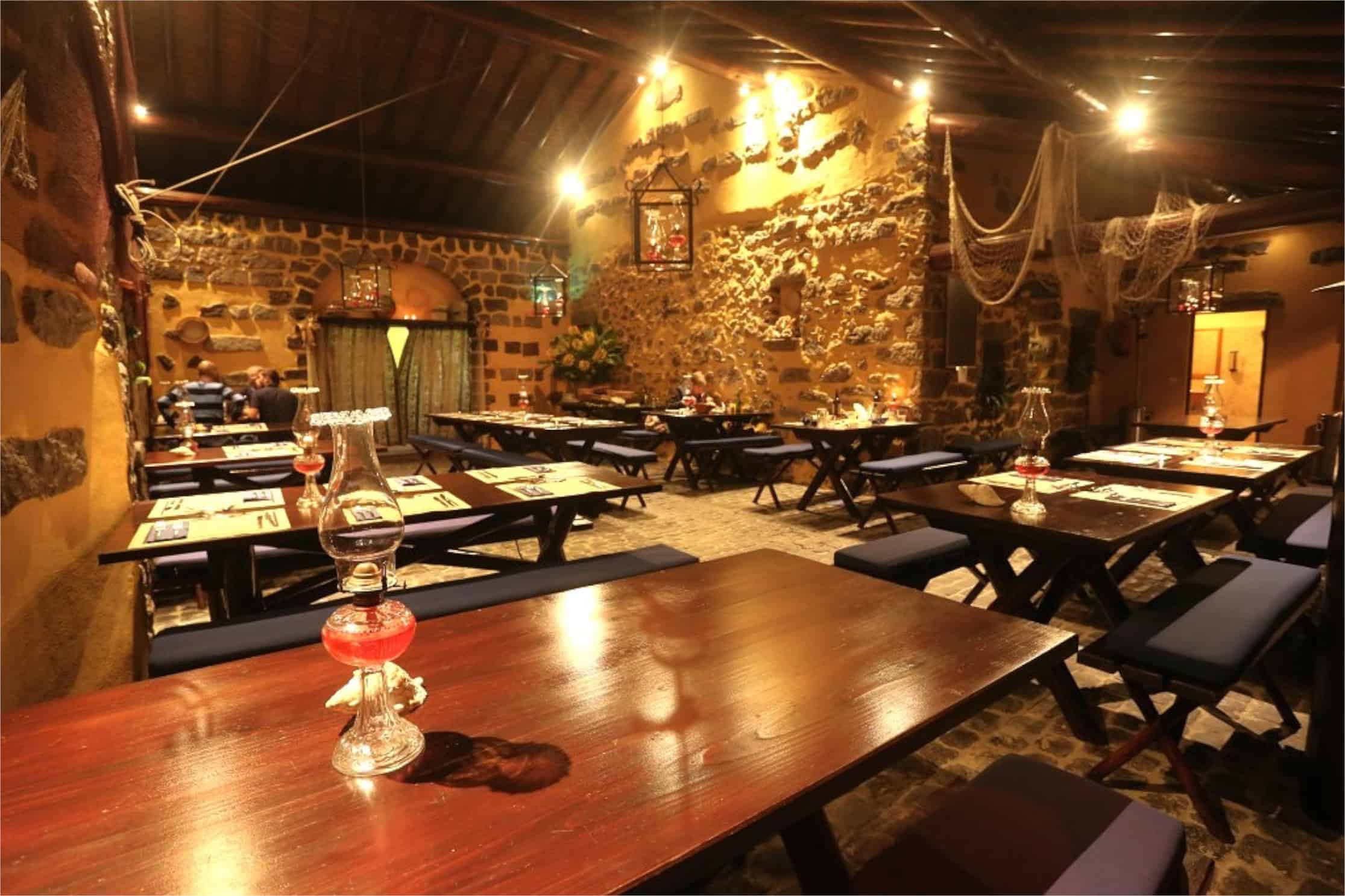
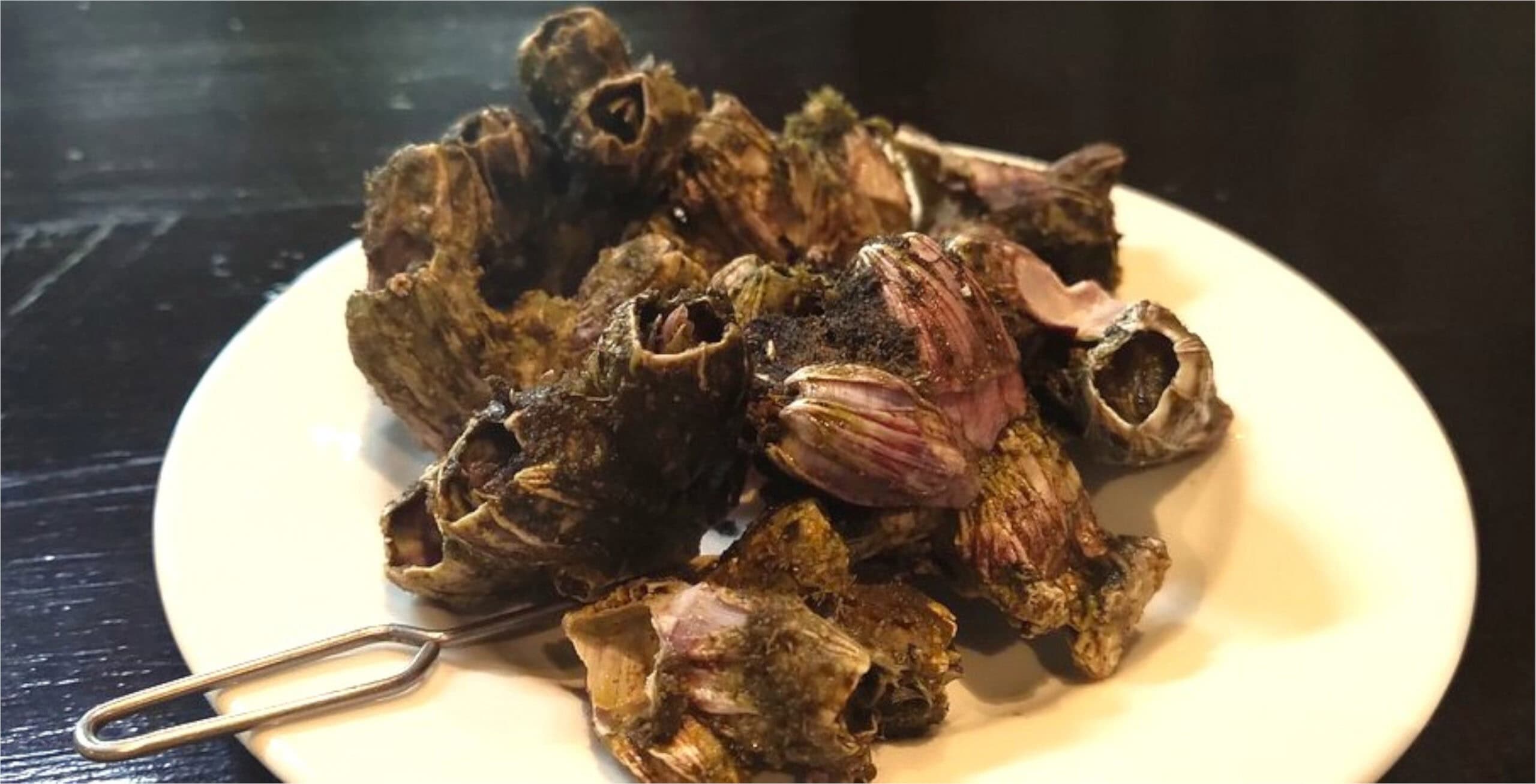 Retracing your steps – the coast road will take you to the remote eastern end of the island. This area was once the breadbasket of Sao Miguel, dedicated to wheat farming and the cultivation of oranges. In the mid-19th century, Sao Miguel was the largest exporter of oranges to the UK and the rolling hills and ‘lombas’ in the east were covered in orange groves. Povoacao was the first settlement on Sao Miguel, and its colourful main square and Jardim Municipal is lined with. A favourite lunch spot is the Pic Nic Bar: good for soups, sandwiches, pizzas, burgers and fries, and all excellent value. Be sure to try their locally-made Fofa pastries – best-described as a giant chocolate éclair, which you normally only see in Povoacao (and occasionally on the island of Faial).
Retracing your steps – the coast road will take you to the remote eastern end of the island. This area was once the breadbasket of Sao Miguel, dedicated to wheat farming and the cultivation of oranges. In the mid-19th century, Sao Miguel was the largest exporter of oranges to the UK and the rolling hills and ‘lombas’ in the east were covered in orange groves. Povoacao was the first settlement on Sao Miguel, and its colourful main square and Jardim Municipal is lined with. A favourite lunch spot is the Pic Nic Bar: good for soups, sandwiches, pizzas, burgers and fries, and all excellent value. Be sure to try their locally-made Fofa pastries – best-described as a giant chocolate éclair, which you normally only see in Povoacao (and occasionally on the island of Faial).
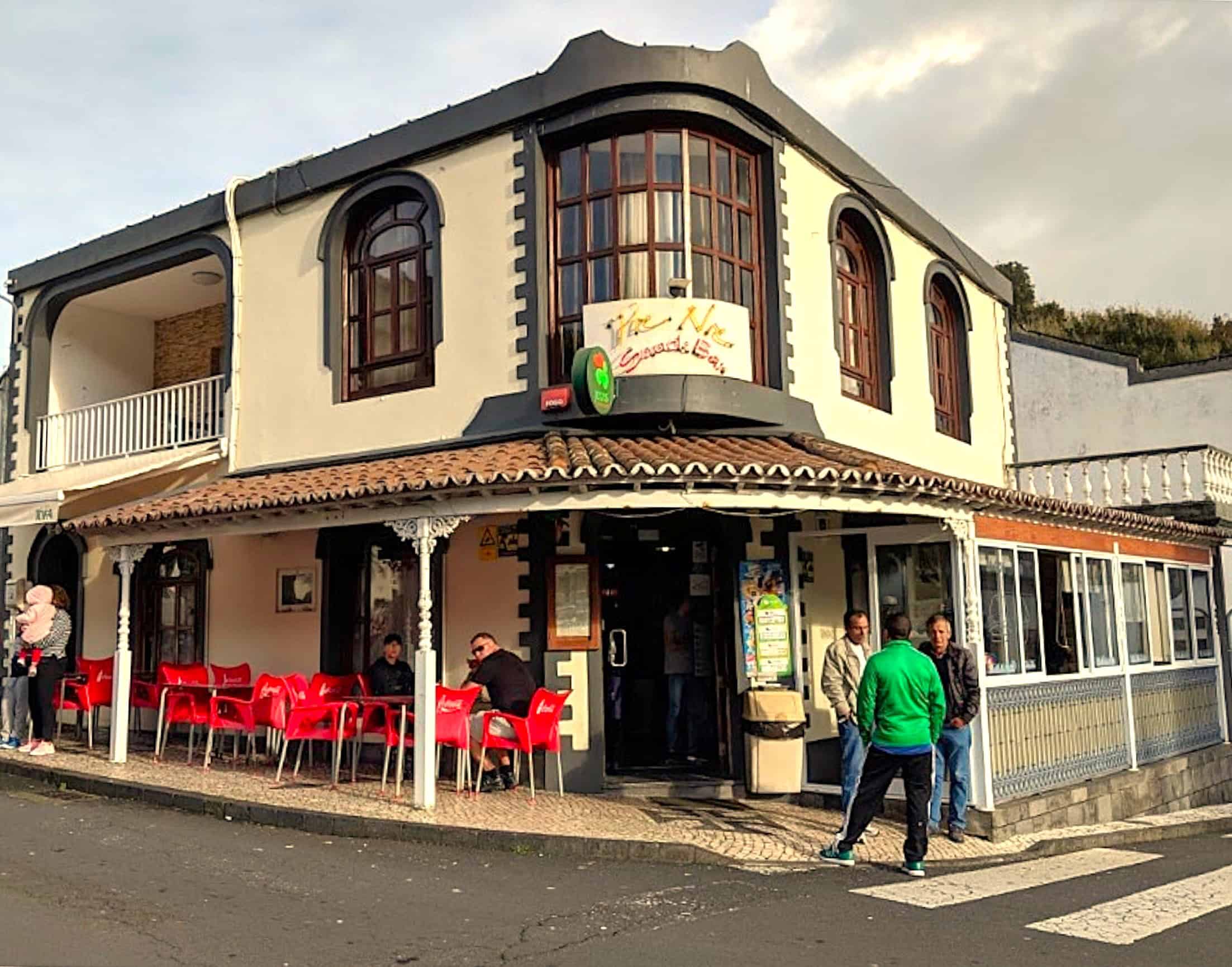
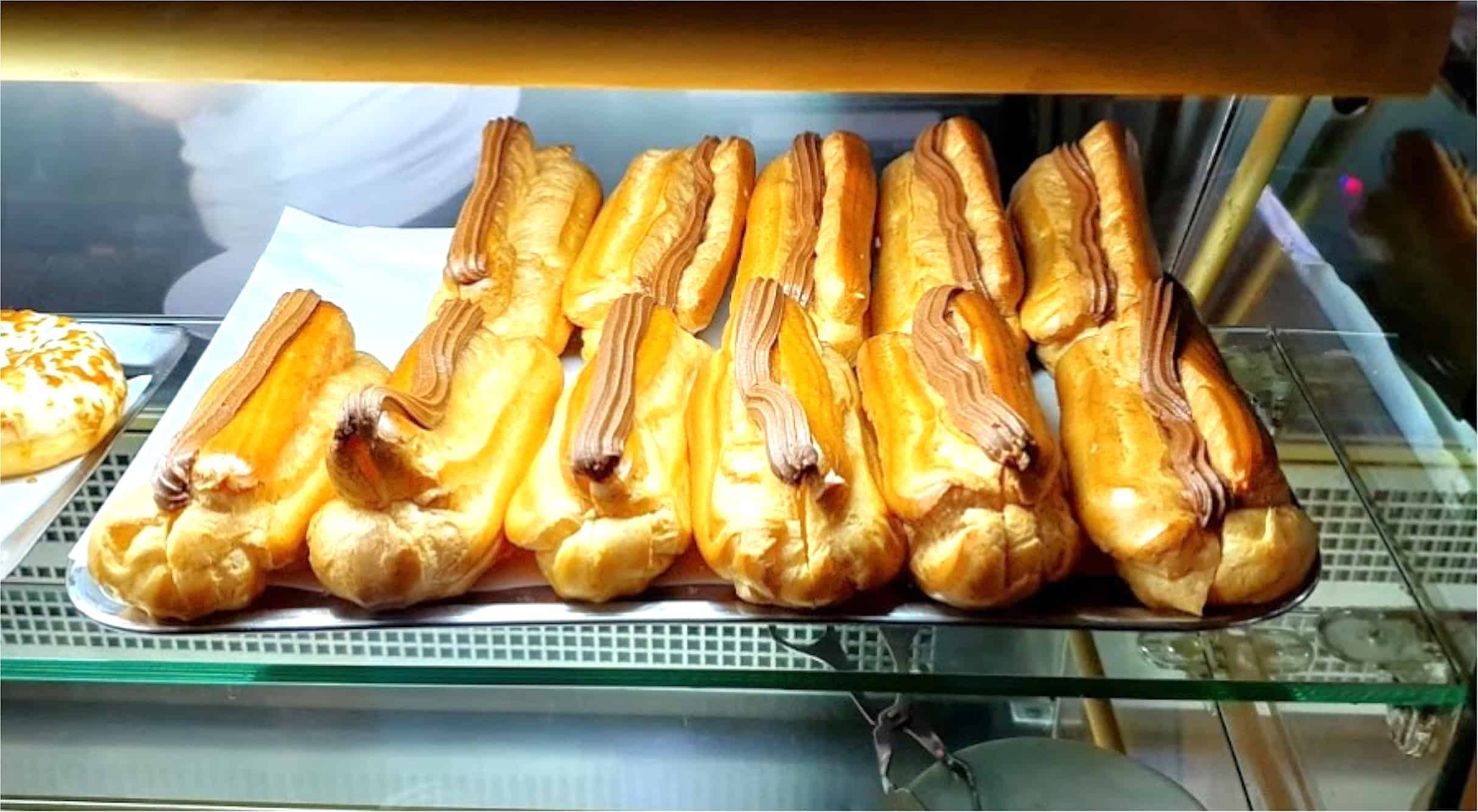 The town of Nordeste is the capital of the parish and the most-easterly settlement on Sao Miguel. It’s often overlooked by visitors to the island, and is particularly peaceful as a result. Dining out can be a challenge, but there are two good options: the Restaurante Tronqueira offers a great lunch buffet if you’re passing through during the day, and in the evenings the Restaurante Clerigos at the Lince Hotel. Lookout for Galo Capao do Nordeste at both – the town’s signature dish: a rooster, marinated overnight in red wine and slow cooked over a wood fire.
The town of Nordeste is the capital of the parish and the most-easterly settlement on Sao Miguel. It’s often overlooked by visitors to the island, and is particularly peaceful as a result. Dining out can be a challenge, but there are two good options: the Restaurante Tronqueira offers a great lunch buffet if you’re passing through during the day, and in the evenings the Restaurante Clerigos at the Lince Hotel. Lookout for Galo Capao do Nordeste at both – the town’s signature dish: a rooster, marinated overnight in red wine and slow cooked over a wood fire.
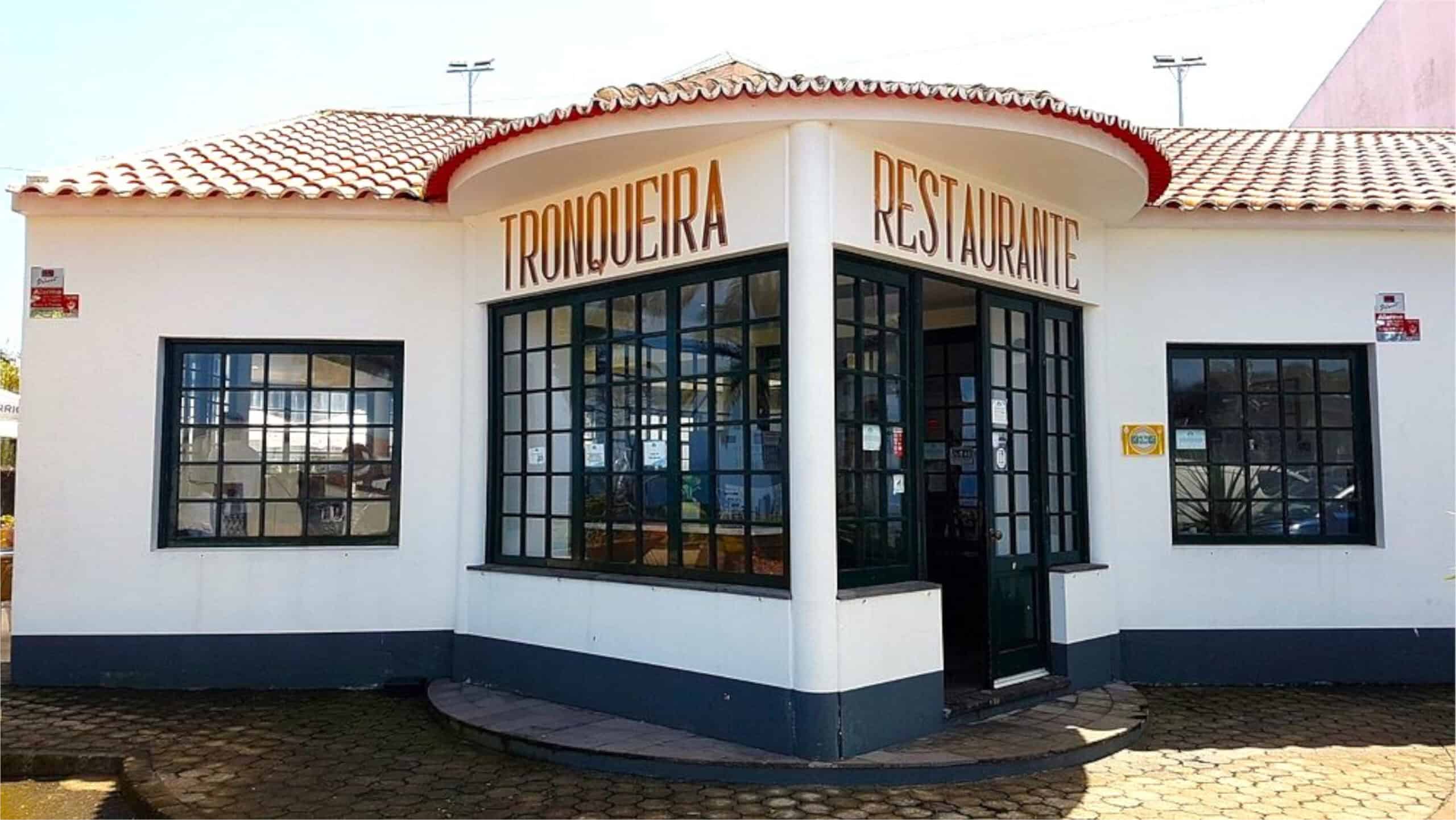
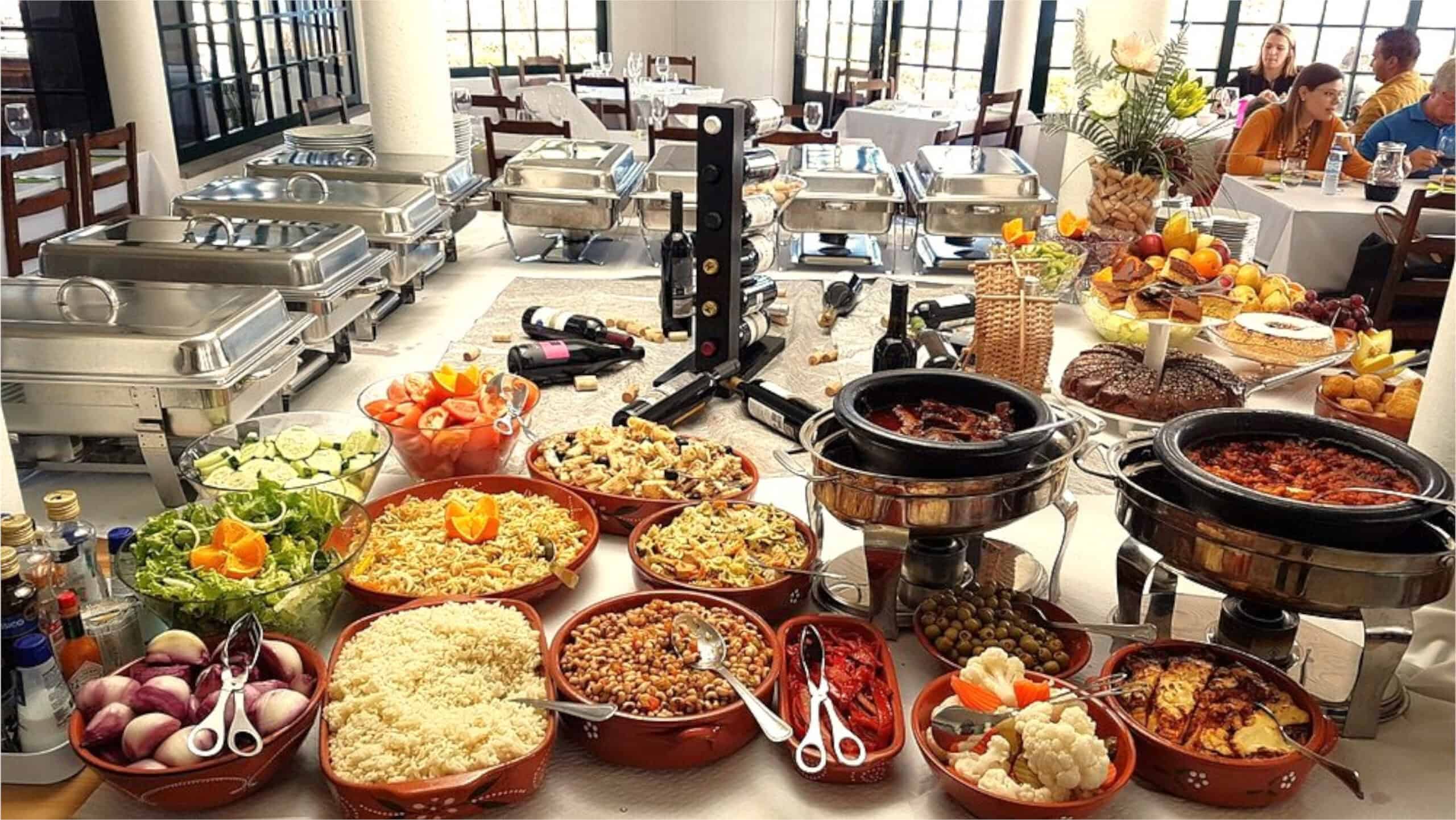
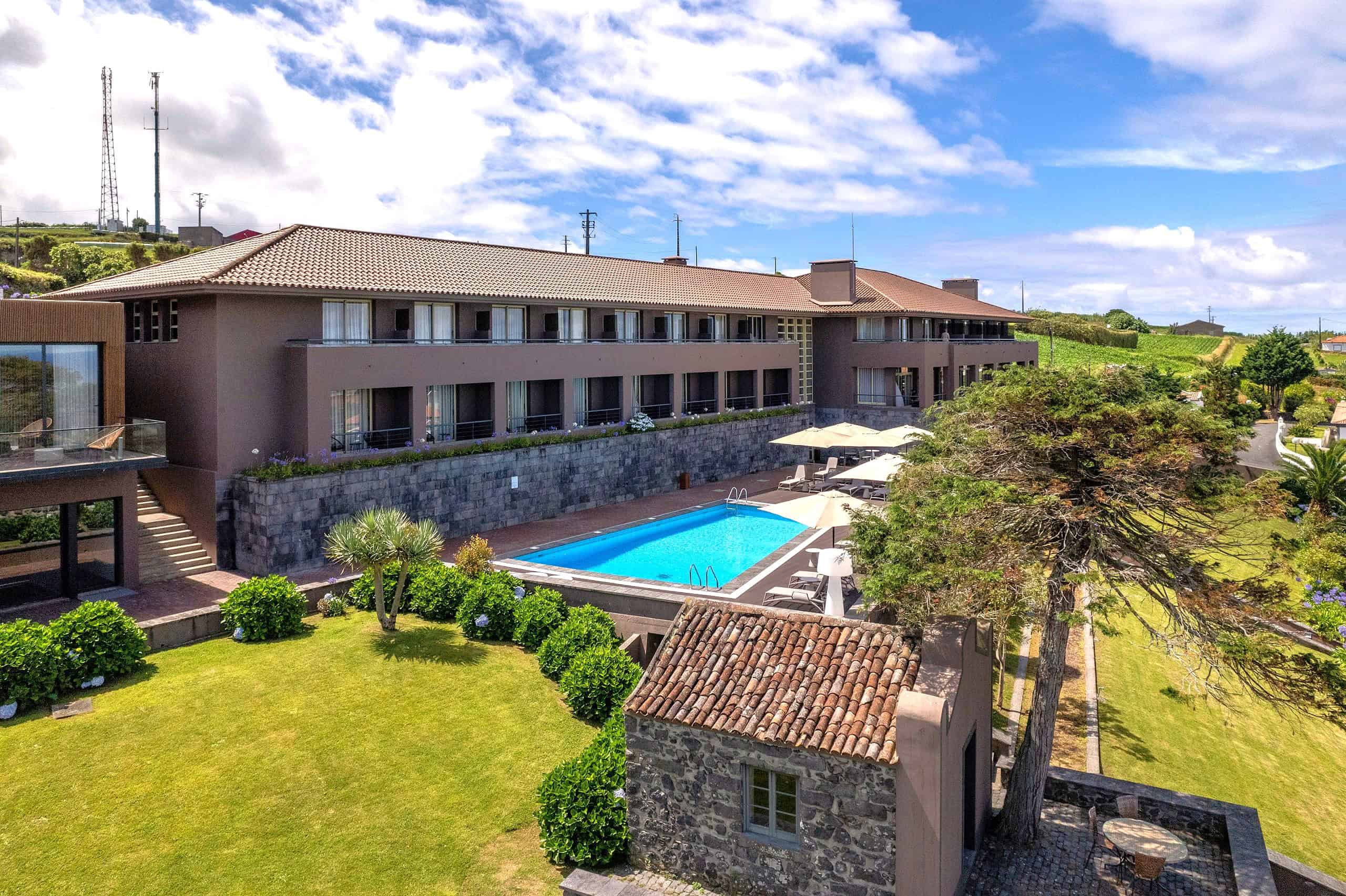
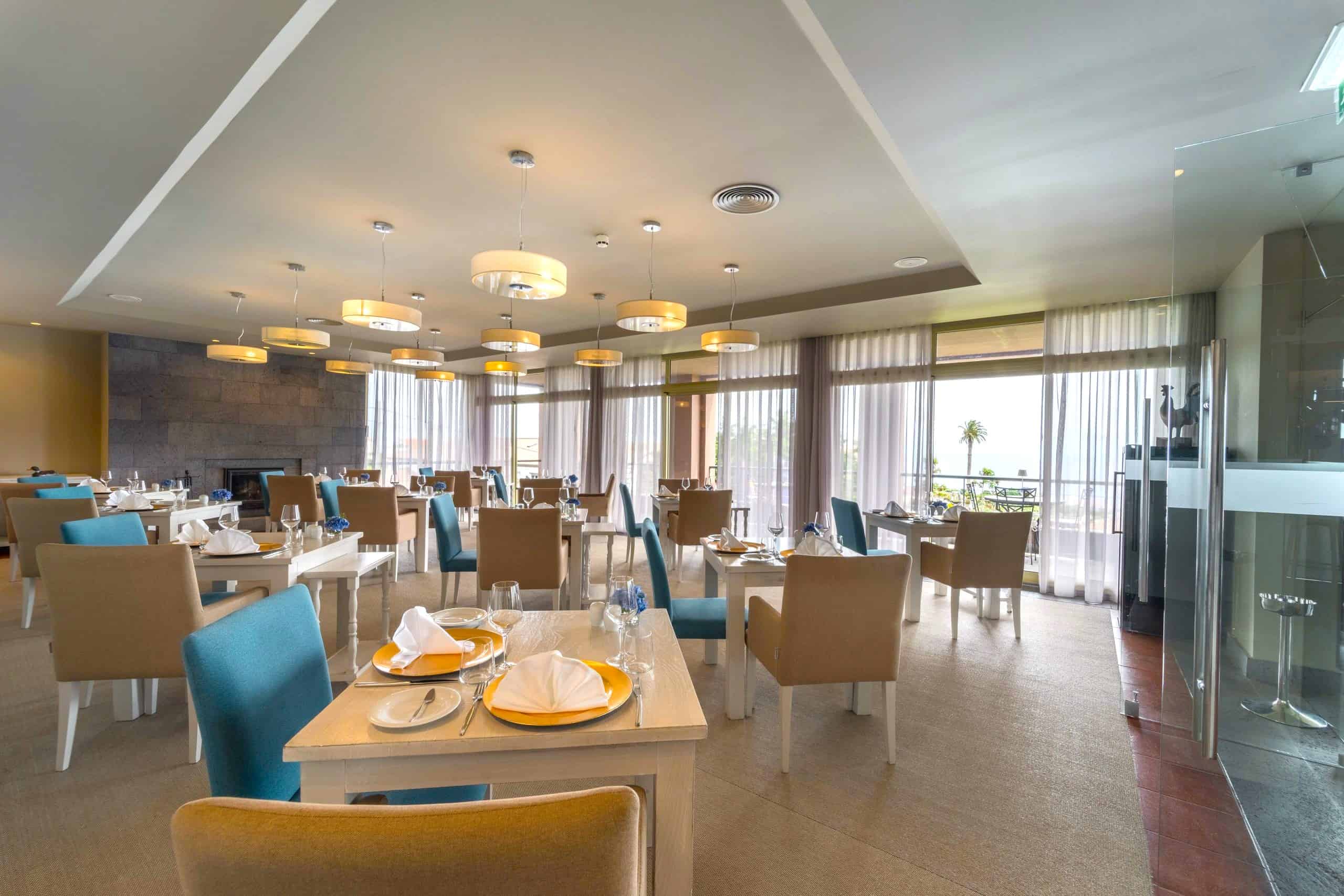
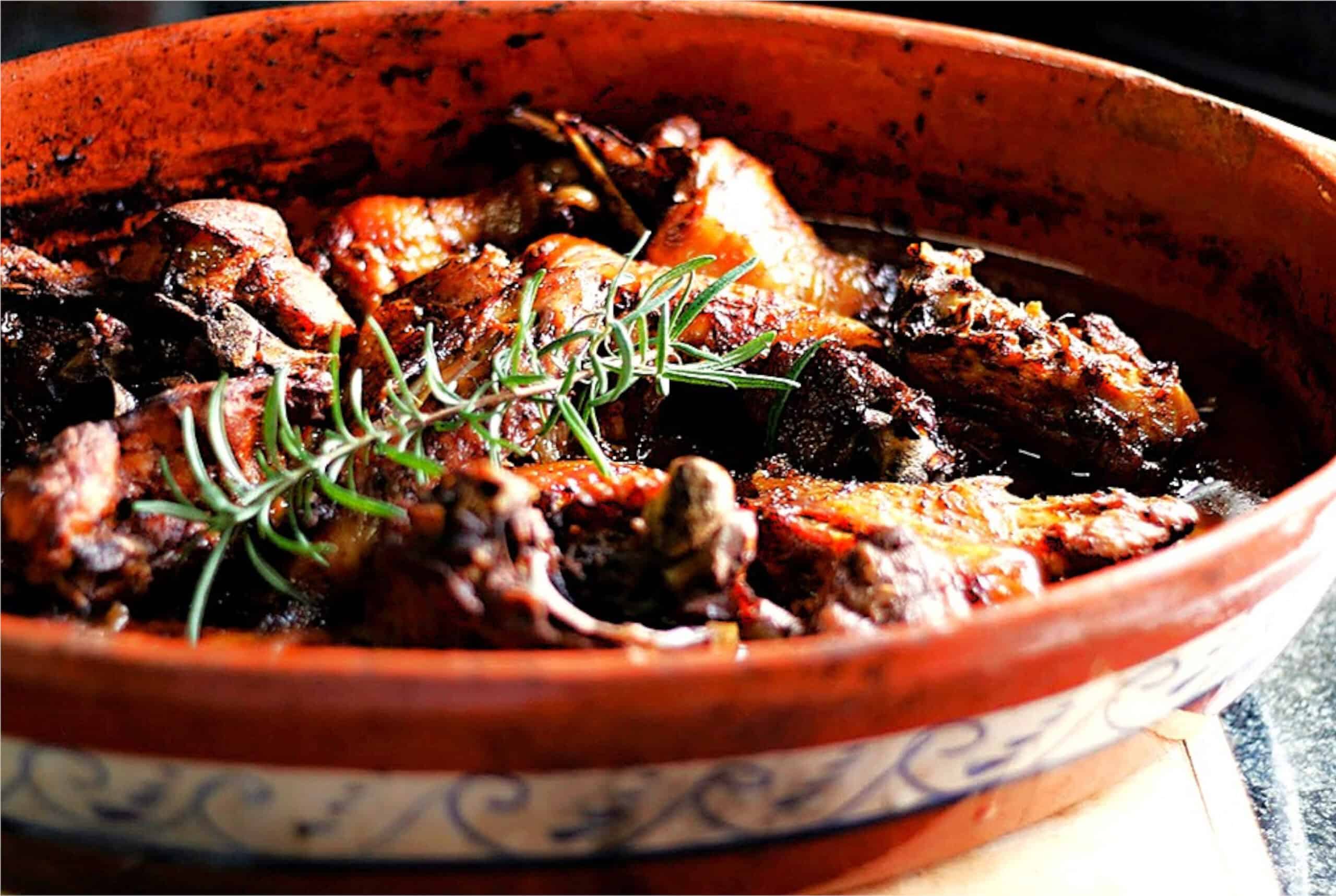
Our Where to eat guides are based on our first-hand experiences and our love of great Portuguese cuisine:
Where to eat in Ponta Delgada
Our Ponta Delgada Food Tour
Where to eat on Sao Miguel – Sete Cidades and the west
Where to eat on Sao Miguel – the north coast
Where to eat on Sao Miguel – Furnas and the east
Where to eat on Sao Miguel – the south coast
Where to eat in Angra
Where to eat on Terceira
Where to eat in Horta
Where to eat on Faial
Where to eat on Sao Jorge
Where to eat on Pico
Where to eat on Flores, Corvo, Santa Maria and Graciosa
We specialise in personalised holidays to the nine islands of the Azores.
Call our team on 01768 721020 to begin planning your own adventure.










Follow us online